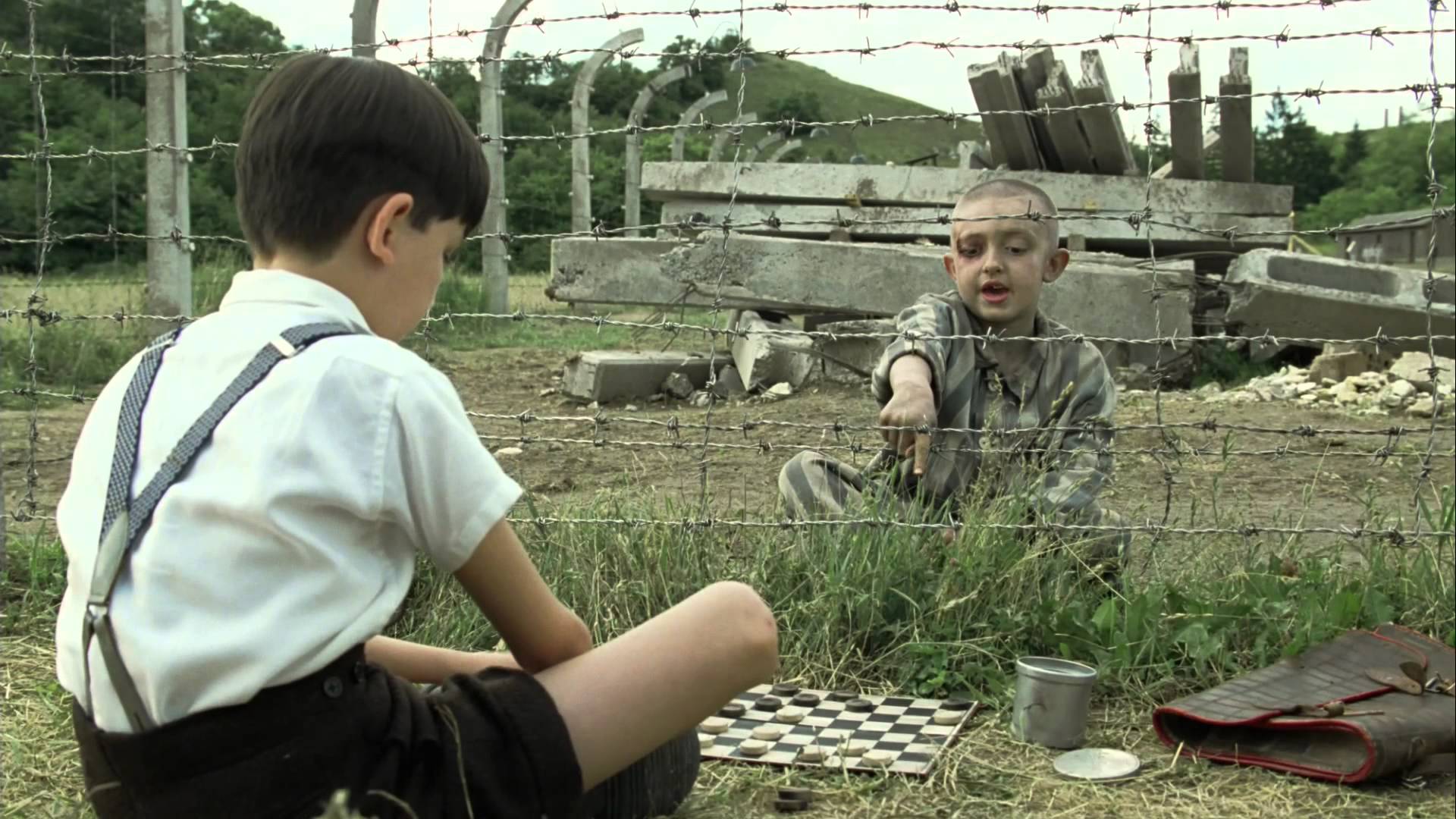Only art and the language of art are able to sufficiently articulate the great tragedies and states of mind that humankind develops vis-à-vis these tragedies. “The Boy in the Striped Pyjamas,” directed by Mark Herman, narrates the Jewish holocaust with such adequacy.
The events depicted in the movie are focused on the sweet 8-year-old boy Bruno. Bruno’s father is a high-level SS military officer. After Hitler’s visit to their home, he was assigned to a critical position. We, the viewers, later understand that this place, referred to as Out-With in the movie, is actually the Auschwitz concentration camp. They move to a huge mansion there. However, this is a house around which there is no residential area. Even the training of the kids is given by private tutors who are invited to the house. Because of such training, Bruno’s older sister becomes a strong Nazi supporter and opponent of the Jews. This leads to some sort of discomfort within the family. The mother becomes upset with the new thoughts that their daughter develops. We frequently witness that the mother and father have fierce fights and that the father strongly defends his “mission.”
While desperately searching for a playmate, Bruno realizes one day looking through the window that there are some guys in stripped pajamas walking around in the woods. Bruno calls this the “farm.” He thinks that they are actually happy because they are able to play games. A while later, Bruno crosses the backyard and finds the path to the fence of the camp where he meets Shmuel, who is watching the outer world. Even though he does not quite understand why he is unable to get in where Shmuel is or why Shmuel is unable to get out, Bruno is happy finding a playmate. He brings cakes and chocolates from home to his new friend. They play games even though they are separated by the fence.
One day, Shmuel says his father is missing; Bruno decides to help his friend. They make a plan. Shmuel brings stripped pajamas for Bruno; they dig underneath the fence together to let Bruno in the camp. After accomplishing this, they start looking for Shmuel’s father.
Bruno still considers this a game. We see him enjoying the search. Then they find themselves within a group of adults forcibly taken to another place. They are coerced to go into a fairly uncomfortable place. Bruno tries to address his friend’s concerns there. He says, “They have taken us here to protect us from the rain.” At that moment, the people in there, including the children, are told to strip off their clothes. Then, a cover up to the ceiling is opened; and a man wearing a mask pours out a black substance. Bruno holds his friend’s hand. Then the camera points to the steel gate of the gas chamber. We notice that the chamber is surrounded by disturbing silence.
At the same time, we also hear horrible screams from Bruno’s father and mother, who see his clothes next to the fence. I recalled this movie while thinking about our failure to confront what happened in 1915. The director first equates us with Bruno, taking him to some place where he does not belong, and invites us to this dark room. He masterfully drives us at an unexpected time into the chamber of the Jewish victims. Only art can do this to us.
I wish a novelist or moviemaker would narrate the 1915 tragedy through the lens of even the official version that the entirety of Turkey alone acknowledges. I wish we would view the story of the people who were taken from their homes, forced to walk in the Syrian desert for days and suffered from extreme hunger through the window of art. Maybe then we would silently walk through the path they have taken on every April 24 and shed some tears for the tragedy that the Ottoman Armenians experienced back then.
I noticed a striking comment reading some reviews on the novel bearing the same title and serving as the basis for the movie. A critic argued that everything in the story was a metaphor. The 8-year-old Bruno and the concentration camp in the backyard of the home were also metaphors. All these metaphors suggested in fact that the Germans who went to lengths not to see or feel the genocide committed in their backyards remained like children. Maybe we also have stayed like children for the same reason.
Hits: 297
